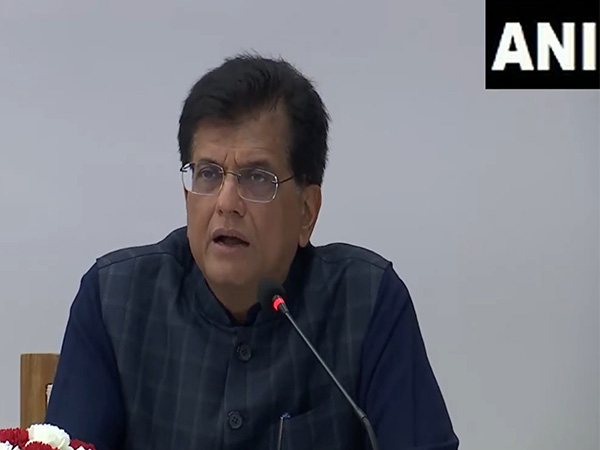Signs of a potential recession this year have been flashing in recent weeks. This may be partly a function of the natural business cycle. Nevertheless, mass layoffs throughout the federal government, along with the likelihood of cuts to programs such as Medicaid, could also be contributing to an economic downturn.
A Commonwealth Fund study released last month suggests that large reductions in Medicaid and the Supplemental Nutrition Assistance Program (formerly known as Food Stamps) expenditures may result in one million jobs lost by 2026. By eliminating an estimated 11.8% of Medicaid funding and as well as 20.

6% of SNAP benefits, this could cause a ripple effect throughout the United States economy. House Republicans passed a budget plan last month that seeks to extend tax cuts enacted in 2018 and reduce healthcare spending by $880 billion. While there are conflicting messages among Republican lawmakers as well as the Trump administration, Medicaid appears to be the biggest likely target of budget austerity measures.
The House proposal is estimated to save $1.9 trillion dollars over ten years. Established in 1965, Medicaid is the joint state and federal health insurance program largely for people with low incomes.
Currently, approximately 72 million people are enrolled in Medicaid. It’s hard to overstate the importance of Medicaid. The program covers more than 40% of all births in the country, and nearly two-thirds of nursing home stays.
Around 27 million children receive Medicaid benefits. And in the 41 states that expanded the program as part of the Affordable Care Act, it also insures millions of Americans with incomes just above the federally defined poverty line. SNAP is the nation’s largest nutrition support program, providing approximately 42 million low-income individuals and families with resources to purchase food.
Given how critical Medicaid and SNAP are to all kinds of providers of healthcare services and technologies as well as entities in the food supply chain, the knock-on effects stemming from cutbacks could be significant, as a Commonwealth Fund and George Washington University Milken Institute School of Public Health study explains. Hospitals, nursing homes and healthcare providers would face lost revenues, leading to reductions in jobs and services. The food industry would be negatively affected, too.
In turn, this may impact the overall economy, given the decreases in consumer spending. As a result, state and local governments could experience a substantial drop in tax dollars which further lessens their ability to offer essential services. The ACA expanded Medicaid eligibility in 2014 to include nearly all adults with incomes up to 138% of the federal poverty level.
And since 2020, states that implemented Medicaid expansion receive a 90% federal match rate . For every dollar a state spends on Medicaid services, it now gets between $1 and $3 of federal support. Wealthier states are closer to $1; poorer states, $3.
But Republican legislators are considering slashing federal support to save money. In effect, this would rescind Medicaid expansion. Moreover, it may replace the funding system with block grants in which states would be either granted a capped yearly lump sum of money or an annual upper limit on federal payments per Medicaid enrollee.
KFF posted an analysis which found that between 15 and 20 million people could become uninsured if the federal match rate of 90% reverted to the pre-ACA rates that range between 50% and 83%. All parts of the economy are interconnected through demand for goods and services by consumers and governments alike. as the famous economist John Maynard Keynes taught us.
Keynes demonstrated that government spending on investments and remittances for those lacking resources can stimulate the economy through what is called a multiplier effect. According to Keynes, the net gain is greater than the dollar amount spent. The reverse can be true, too, meaning that cuts in government spending can put a damper on the economy.
The Commonwealth Fund study warns of “severe economic consequences” nationwide if the proposed cuts go ahead, leading to one million jobs lost, a $113 billion decline in states’ gross domestic products and $8.8 billion in lost state and local tax revenue in 2026 alone. While the details of the proposed cuts still must be finalized, the House of Representatives’ budget resolution currently calls for reducing federal funding by $880 billion over the next decade for programs under the jurisdiction of the House Energy and Commerce Committee, and $230 billion for programs under the House Agriculture Committee.
Medicaid and SNAP are likely the main targets for budget reductions. The impact would be particularly severe for healthcare and food-related industries, leading to widespread job losses and pressure on state budgets..
Technology

Beyond Limits To Healthcare And Food Access, Medicaid And SNAP Cuts Could Impact Economy

Impacts of Medicaid and SNAP cuts would be particularly severe for healthcare and food-related industries, leading to widespread job losses and pressure on state budgets.















